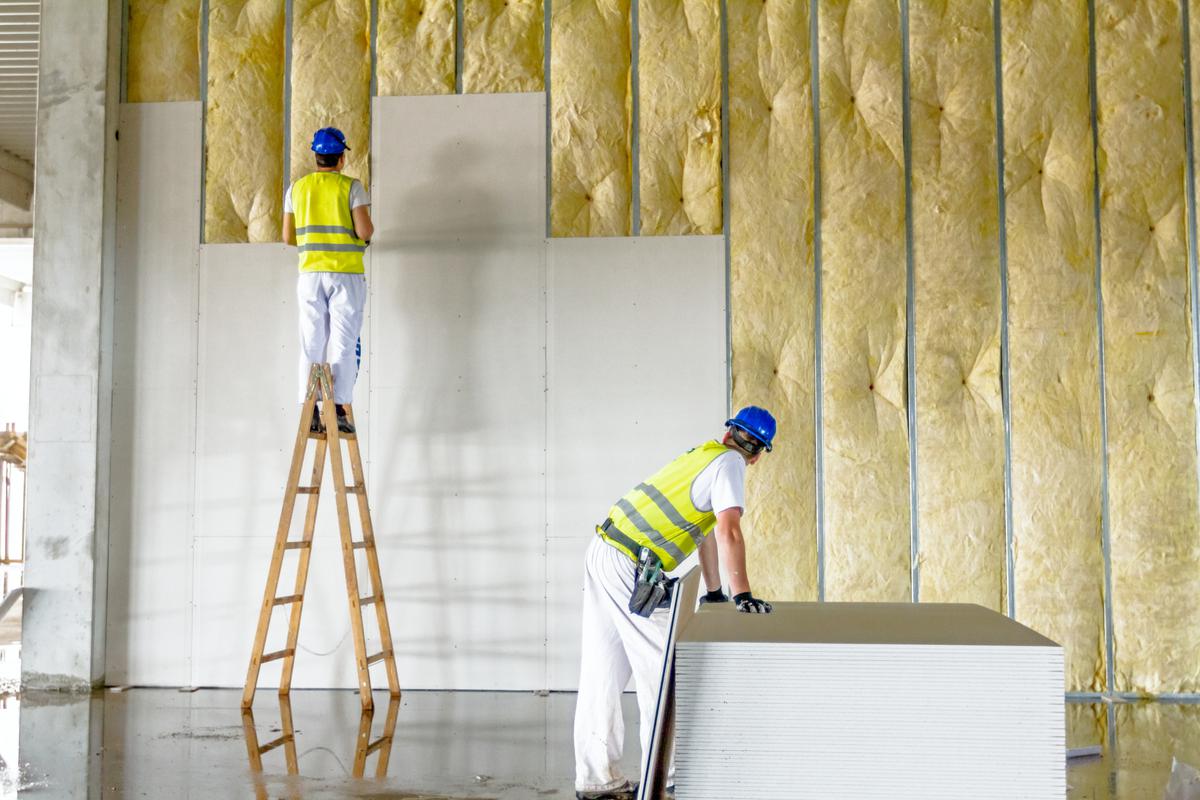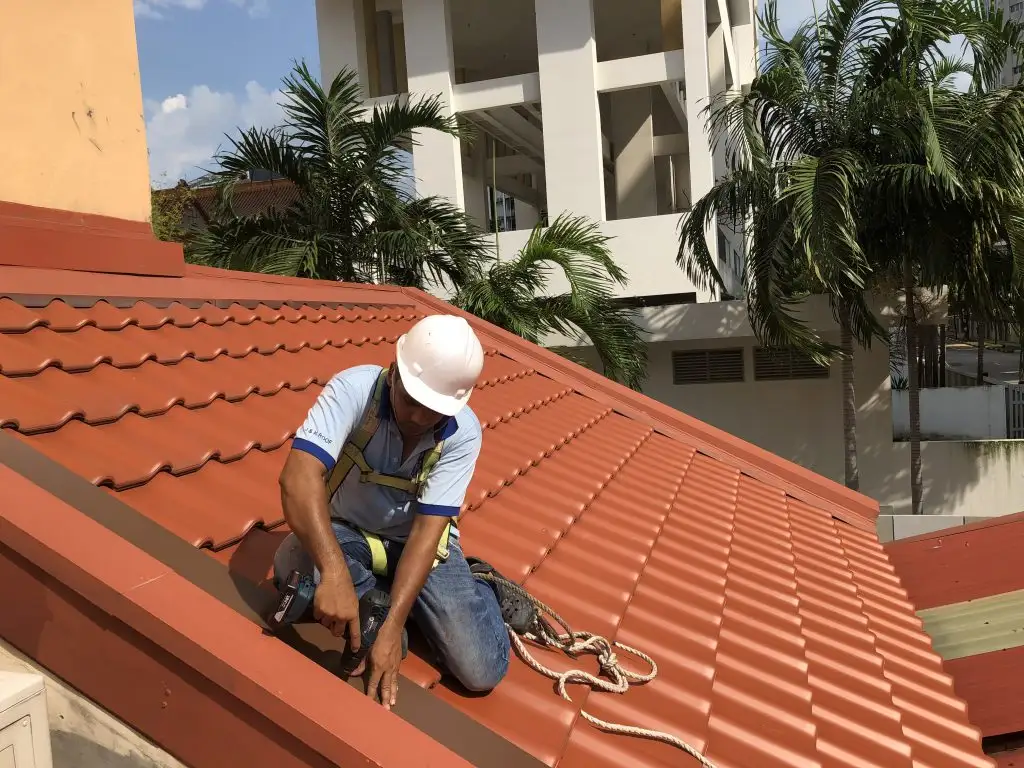Guide to Commercial Flat Roof Skylight Installation

Table of Contents
Guide to Commercial Flat Roof Skylight Installation
Installing a skylight on a commercial flat roof can provide natural light, reduce energy costs, and improve the ambiance of the interior space. However, the installation process for flat roof skylights requires careful planning, proper material selection, and adherence to building codes to ensure safety, functionality, and durability. Here is a comprehensive guide to installing skylights on a commercial flat roof:
1. Benefits of Skylight Installation on Flat Roofs
Natural Light: Skylights provide abundant natural light, reducing the need for artificial lighting and creating a more pleasant work environment.
Energy Efficiency: Properly installed skylights can help reduce heating and lighting costs by providing passive solar heat and maximizing daylight.
Improved Ventilation: Certain types of skylights offer the option to open, allowing fresh air to circulate and improving indoor air quality.
Aesthetic Appeal: Skylights enhance the overall look of the building’s interior, creating a more open and inviting atmosphere.
2. Key Considerations Before Installation
Building Codes and Permits: Verify local building codes and regulations to determine if a permit is required for skylight installation on a commercial property. Adhering to these regulations ensures safety and compliance.
Roof Structure and Condition: Assess the condition of the existing roof structure to ensure it can support the additional load of the skylight. A roof inspection by a structural engineer or roofing professional can help determine if reinforcement is necessary.
Skylight Placement: Consider the location of skylights carefully to maximize natural light, avoid glare, and reduce the risk of leaks. Factors such as the orientation of the building, shading from nearby structures, and interior layout should be considered.
Weatherproofing: Ensure that the skylight system is compatible with the existing roofing material and includes proper flashing and sealing to prevent leaks and water intrusion.
Thermal Performance: Choose skylights with high thermal performance ratings (such as low U-values) to prevent heat loss in winter and reduce heat gain in summer.
3. Types of Skylights for Flat Roofs
There are several types of skylights suitable for flat roof installations. The choice will depend on your specific needs, the roof’s characteristics, and the desired aesthetic.
Fixed Skylights
Description: Fixed skylights are non-opening units that provide natural light without ventilation. They are a popular choice for flat roofs due to their simplicity and cost-effectiveness.
Benefits:
- Cost-effective and easy to install.
- Provides abundant natural light.
- Low risk of leaks or mechanical failure.
Best For: Areas where ventilation is not needed, such as hallways, offices, and common spaces.
Vented (Operable) Skylights
Description: Vented skylights can be opened manually or automatically to allow air circulation, providing both natural light and ventilation.
Benefits:
- Offers natural ventilation, reducing the need for air conditioning.
- Helps control indoor air quality and humidity levels.
- Can be equipped with rain sensors for automatic closing.
Best For: Kitchens, restrooms, and areas where ventilation is essential.
Tubular Skylights (Sun Tunnels)
Description: Tubular skylights consist of a dome on the roof that captures sunlight and a reflective tube that channels the light into the building’s interior. They are suitable for smaller spaces or areas where traditional skylights may not fit.
Benefits:
- Minimal roof penetration, reducing the risk of leaks.
- Provides natural light to small or hard-to-reach areas.
- Energy-efficient and relatively easy to install.
Best For: Hallways, closets, restrooms, and other small, enclosed spaces.
Pyramid and Dome Skylights
Description: Pyramid or dome-shaped skylights are elevated structures that provide a unique aesthetic appeal and can offer better water drainage and light diffusion on flat roofs.
Benefits:
- Unique design enhances building aesthetics.
- Better water drainage, reducing the risk of pooling and leaks.
- Provides uniform light distribution.
Best For: Large open spaces, lobbies, or areas requiring significant natural light.
4. Skylight Materials
Glazing Options: Choose between glass or polycarbonate glazing based on durability, insulation needs, and cost. Double or triple-glazed glass skylights offer better thermal insulation, while polycarbonate options are lightweight and impact-resistant.
Frame Materials: Skylight frames are typically made from materials like aluminum, wood, or vinyl. Aluminum is durable and low-maintenance, while vinyl offers better insulation and is more cost-effective.
5. Installation Process
The following steps outline the general installation process for commercial flat roof skylights:
Planning and Design
Consultation with Professionals: Engage with a professional roofer Canberra, skylight installer, or structural engineer to evaluate the roof’s condition, load-bearing capacity, and design the installation plan.
Skylight Sizing and Placement: Determine the appropriate size and location for the skylights to optimize natural light and minimize heat gain or loss. Consider factors like roof slope, building orientation, and interior layout.
Obtain Permits: Secure any required building permits and approvals before starting the installation.
Preparation
Clear the Installation Area: Remove any debris or obstacles from the roof and the interior space below the installation area.
Prepare the Roof: If necessary, reinforce the roof structure to support the skylight’s weight. Mark the skylight’s location and cut an opening in the roof deck following the manufacturer’s specifications.
Install Flashing: Install appropriate flashing materials around the skylight opening to create a watertight seal. Flashing should be compatible with the existing roofing material and extend beyond the skylight’s edges to direct water away.
Skylight Installation
Position the Skylight: Carefully place the skylight frame over the prepared opening and secure it to the roof deck according to the manufacturer’s instructions. Ensure the frame is level and properly aligned.
Attach the Flashing Kit: Install the skylight’s flashing kit around the perimeter of the frame to prevent water infiltration. This step is crucial to ensure a watertight seal and prevent leaks.
Seal and Insulate: Apply roofing sealant or caulk around the skylight frame to seal any gaps or seams. Insulate the skylight frame to improve thermal performance and prevent condensation.
Install the Glazing: Depending on the type of skylight, install the glass or polycarbonate glazing unit, ensuring it is securely fastened and sealed.
Final Adjustments and Inspections
Weatherproofing: Apply additional sealant or roofing adhesive as needed to create a complete waterproof barrier. Inspect all seals and flashing to ensure they are properly installed.
Test the Skylight: Test the skylight for leaks by spraying water over the installation area and checking for any signs of water intrusion.
Inspection and Approval: Schedule a final inspection with local building authorities (if required) to ensure compliance with building codes and safety standards.
6. Post-Installation Maintenance
Regular Inspections: Conduct regular inspections of the skylight and surrounding roof area to identify and address any potential issues, such as leaks, cracks, or damage to the flashing.
Cleaning: Clean the skylight periodically to remove dirt, debris, and leaves that could obstruct light or damage the glazing. Use non-abrasive cleaners and tools to avoid scratching the surface.
Check Seals and Flashing: Inspect the seals and flashing around the skylight to ensure they remain intact and watertight. Reapply sealant or replace flashing as needed.
7. Cost Considerations
Material Costs: Skylight costs vary depending on the size, type, and materials chosen. Basic fixed skylights can be relatively inexpensive, while custom or large-format skylights will cost more.
Labor Costs: Labor costs will depend on the complexity of the installation, the need for roof reinforcement, and the local labor rates. Hiring experienced professionals can help ensure a smooth installation and avoid costly mistakes.
Additional Costs: Consider any additional expenses, such as structural modifications, permits, or inspection fees.
8. Common Challenges and Solutions
Water Leakage: Improper flashing or sealing can lead to water leaks. Ensure all materials are correctly installed and inspect regularly for potential issues.
Condensation: Skylights with poor insulation can cause condensation, leading to mold and damage. Use double or triple-glazed units and proper ventilation to prevent this.
Heat Gain or Loss: Improper placement or glazing can result in unwanted heat gain in the summer or heat loss in the winter. Choose skylights with appropriate insulation values and coatings to regulate temperature.
Conclusion: Maximizing Benefits of Skylight Installation
Installing skylights on a commercial flat roof can significantly enhance the building’s energy efficiency, aesthetics, and comfort. However, careful planning, quality materials, and professional installation are key to ensuring a successful skylight installation that provides long-lasting benefits. Consulting with experienced roofing professionals can help navigate the complexities of the installation process and avoid common pitfalls.
If you have any more questions or need further details about specific skylight types, installation techniques, or cost considerations, feel free to ask!

Roof Restoration Canberra
Giralang, ACT 2617 Australia
Phone Number: (02) 6171 6119
Business Email: [email protected]
Website: https://roofrestorationcanberra.com/
Map: https://goo.gl/maps/H44Hnf2ugxaHYmEC8
Social media links:
https://www.facebook.com/Roof-Restoration-Canberra-904886509628012/
https://twitter.com/RooferCanberra





